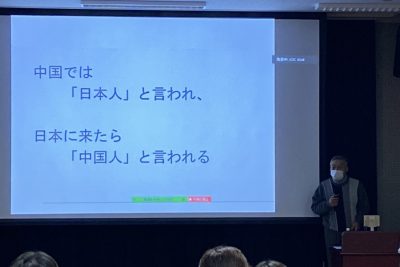CBAM? Sounds boring, but it might help save the planet

At the start of 2023, the European Union will begin introducing the world’s first Carbon Border Adjustment Mechanism (CBAM). That sounds very dull and nerdy, and it may not grab many headlines. But if you care about climate change, you need to know about it.
To see why this development is so important, it helps to go back to some basics.
It may come as a surprise, but, as a question in economics, the problem of how to mitigate climate change—that is, by reducing the greenhouse gas emissions that cause global warming—is not a very hard one. One of the very few things that economists across the political spectrum agree on is that a centerpiece of doing so, at least in a way that has the least adverse impact on economic activity, should be a system of ‘carbon pricing’: a tax, or some equivalent charge, on the burning of fossil fuels (oil, gasoline, coal) and other sources of emissions. Just as we tax cigarettes and alcohol to discourage excessive use, so should we tax the socially undesirable generation of carbon dioxide and other greenhouse gases. Nor, for the most part, is this very difficult to do. A carbon tax would, in essence, be an extension of the taxes on gasoline that we are already all familiar with and are among the simplest of all taxes to administer.
But, while the climate problem is becoming increasingly urgent, carbon pricing has failed to take off around the world. Schemes of this kind cover only around 20 percent of global emissions and are often at prices far too low to make the necessary difference.
One fundamental reason for this policy failure is that there is a ‘free rider’ problem. Each country, when it considers adopting meaningful carbon pricing, knows it will face adverse consequences for doing so in the shape of increased domestic prices and less globally competitive fuel-reliant industries. The benefits of reduced global warming, on the other hand, would be largely felt elsewhere. Not being quite so concerned with the global good as with their own domestic prospects, national policy makers have a natural inclination to free-ride on the efforts of others to mitigate emissions, hoping that someone else will bear the costs of reducing global warming. Moreover, policymakers can argue, if we increase costs for our polluting industries then dirty industries abroad will benefit and expand, reducing the final impact on global emissions.
Progress on carbon pricing requires that some way be found to overcome, or at least reduce, this free-rider problem. And that is where the ugly CBAM acronym comes in.
A CBAM, in essence, is simply a tax imposed on the carbon content of imports that matches the carbon tax paid by domestic producers. (More contentious, and not included in the EU’s plans, is the rebating of the carbon tax on exports).
This addresses the problems set out above in two ways. First, it ensures that the domestic carbon tax does not disadvantage firms at home relative to their competitors abroad. Second, it removes the risk of ‘leakage’: there is no point buying from dirty producers abroad, since the tax paid will be the same. With these concerns alleviated, countries may feel more inclined to set ambitious domestic carbon taxes than they otherwise would.
There is a third potential appeal of adopting a CBAM. This is that it might encourage other countries to also adopt more ambitious carbon taxes: if other countries are going to levy a carbon tax on their exports, they can do better by levying that tax themselves.
There is, as you can imagine, a large literature on these issues, and on crucial details of how exactly a CBAM might best be designed. There are questions, for example, as to whether a CBAM might run afoul of World Trade Organization rules. Also, a CBAM does not remove all the obstacles to effective carbon pricing. Moreover, the free rider problem is not fully eliminated, though it is reduced. Thinking through the detailed design of CBAMs, things do become complicated. But encouraging policymakers to take effective climate action requires not just placards and protests, but, ultimately, a heavy dose of nerdiness.
If you would like to know more about the pros and cons of CBAMs, a review and (broadly positive) assessment is provided in my recent paper with Ian Parry and James Roaf of the IMF, first issued as a Tokyo College Working Paper and now published in Fiscal Studies.








